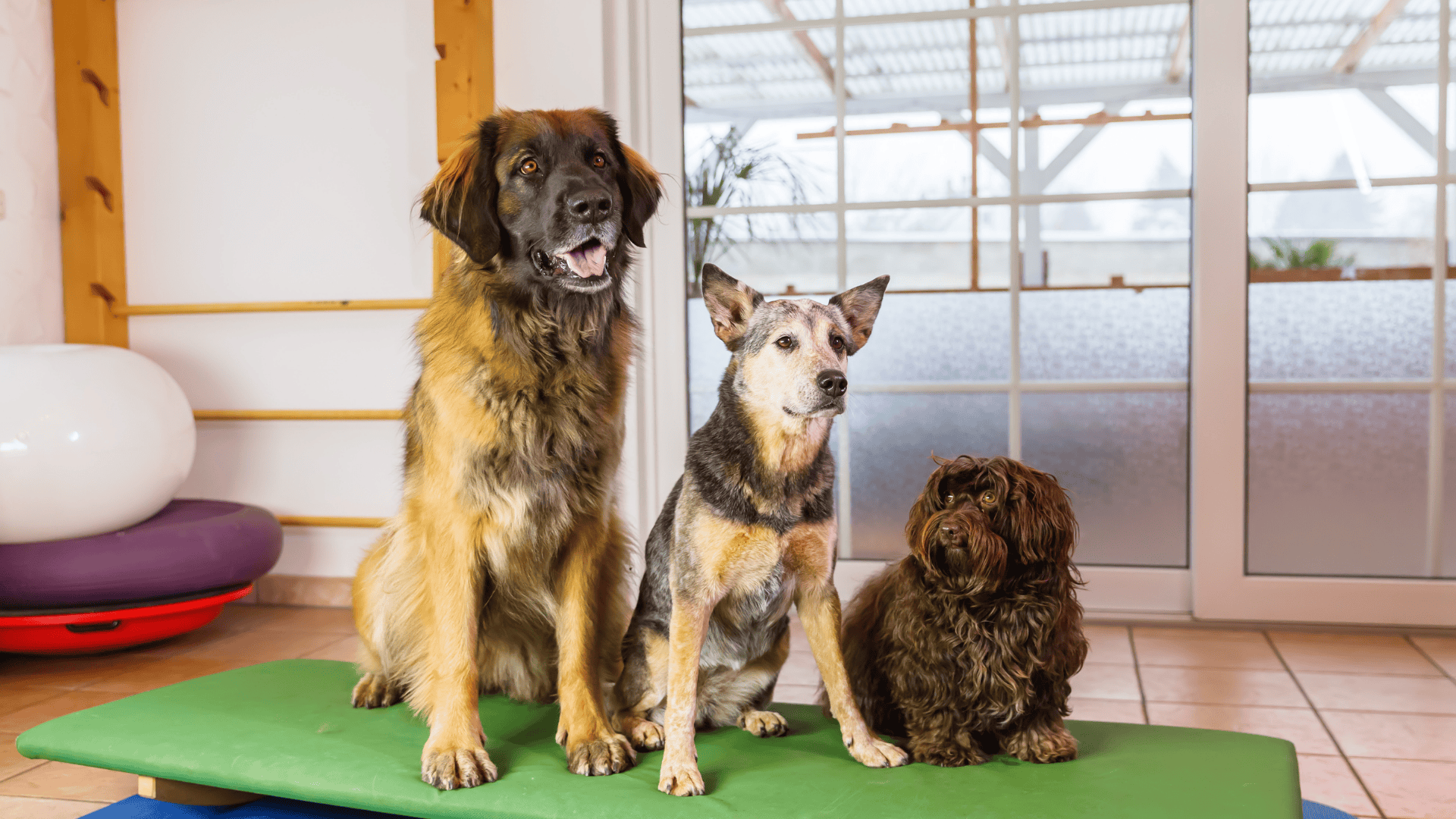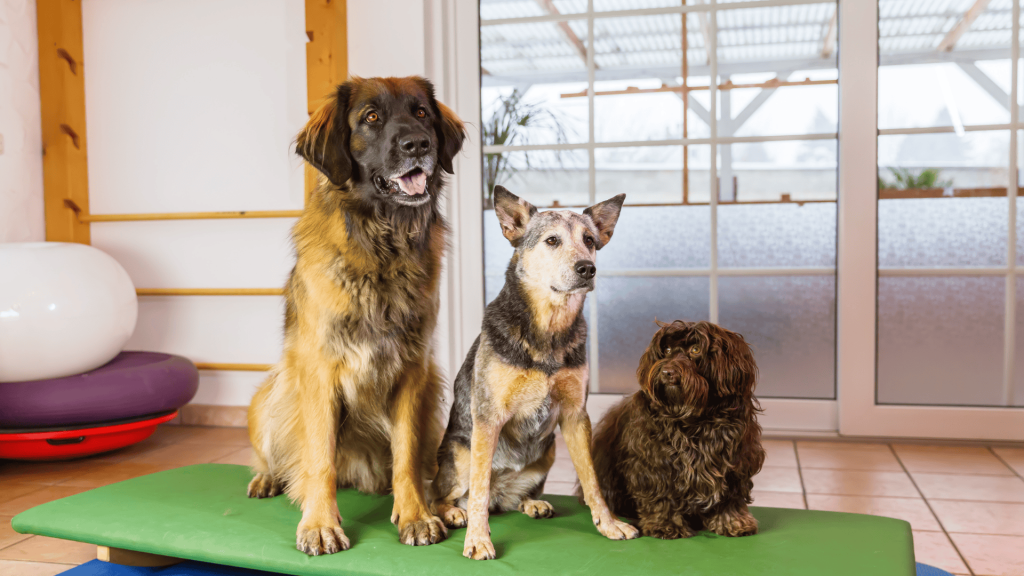It’s always a little hard to leave your furry friend at the boarding kennel. Dogs are sensitive to your emotions, and they can be left stressed by the experience without proper preparation. The good news, however, is that boarding can be a great experience for your dog if you plan and take care. This blog will walk you through everything you need to do so that they feel safe, happy and ready for their stay.

Essential Tips for Preparing Your Dog for Boarding
Visit the Boarding Facility Beforehand
One of the best things you can do for your dog before boarding is to take them to the facility beforehand. Allowing dogs to wander around the space can help them feel more at ease later on. When you are visiting, evaluate that the place is clean, safe, and there is some room for the dogs to stretch their legs. A pre-visit helps you feel good about the facility and slowly introduces dogs to a new place.
Keep Vaccinations and Health Checks Up to Date
Ensure vaccinations are up to date, as well as flea, tick and worm treatments. If your dog is on any medications, bring those with you, but be sure to convey clear instructions to the staff. Bringing a copy of the vet records and pointing out any special health needs also helps. Making sure that all dogs meet these health standards prevents the spread of disease and enables staff to provide optimal care.
Bring Comforting Items from Home
Always remember that packing a favourite toy, blanket, or bedding can make a huge difference. Include clear feeding instructions and notes on any special routines or quirks your dog has. These little things help the environment feel more like home and can make settling in much easier. Furthermore, staff can use these items to calm and entertain your dog while maintaining a sense of familiarity.
Start with Short Trial Stays
If this is your furry friend’s first dog boarding experience, make sure to opt for a brief trial stay before you leave them in someone else’s care for an extended period. Always remember that even a few hours or an overnight visit can help dogs acclimatise to the routine, staff and the presence of other dogs. Short visits also allow staff to see how your dog acts and notice anything that can require attention.
Keep a Consistent Routine at Home
Dogs are at their most comfortable when life is predictable, so do what you can to keep their schedule. Establishing regular feeding times, exercise, and even sleep is key. In addition to that, make sure to let the boarding staff know about these routines so they can continue them while your dog is away. Consistency helps reduce stress and keeps dogs calmer and happier during their stay.
Share Behaviour and Preferences Clearly
Don’t forget that some dogs get nervous around strangers, while others may be picky eaters or shy with other dogs. Don’t forget to tell the dog boarding staff about any fears, habits, or special needs. Whether your dog struggles with separation, reacts strongly to certain noises, or has specific social preferences, clear communication ensures staff can provide personalised care and avoid unnecessary stress.
How to Make Dog Boarding Enjoyable For Your Furry Friend
All of these steps make boarding a positive experience as opposed to something to be feared. With some forethought, dogs can relish their time, staff can deliver better care, and you can relax in the knowledge that your pet is happy and safe. Dogs strengthen their self-confidence when they’re adequately prepared before visiting. With some forethought and comfort, your dog can board safely and happily.
Shikha Negi is a Content Writer at ztudium with expertise in writing and proofreading content. Having created more than 500 articles encompassing a diverse range of educational topics, from breaking news to in-depth analysis and long-form content, Shikha has a deep understanding of emerging trends in business, technology (including AI, blockchain, and the metaverse), and societal shifts, As the author at Sarvgyan News, Shikha has demonstrated expertise in crafting engaging and informative content tailored for various audiences, including students, educators, and professionals.











